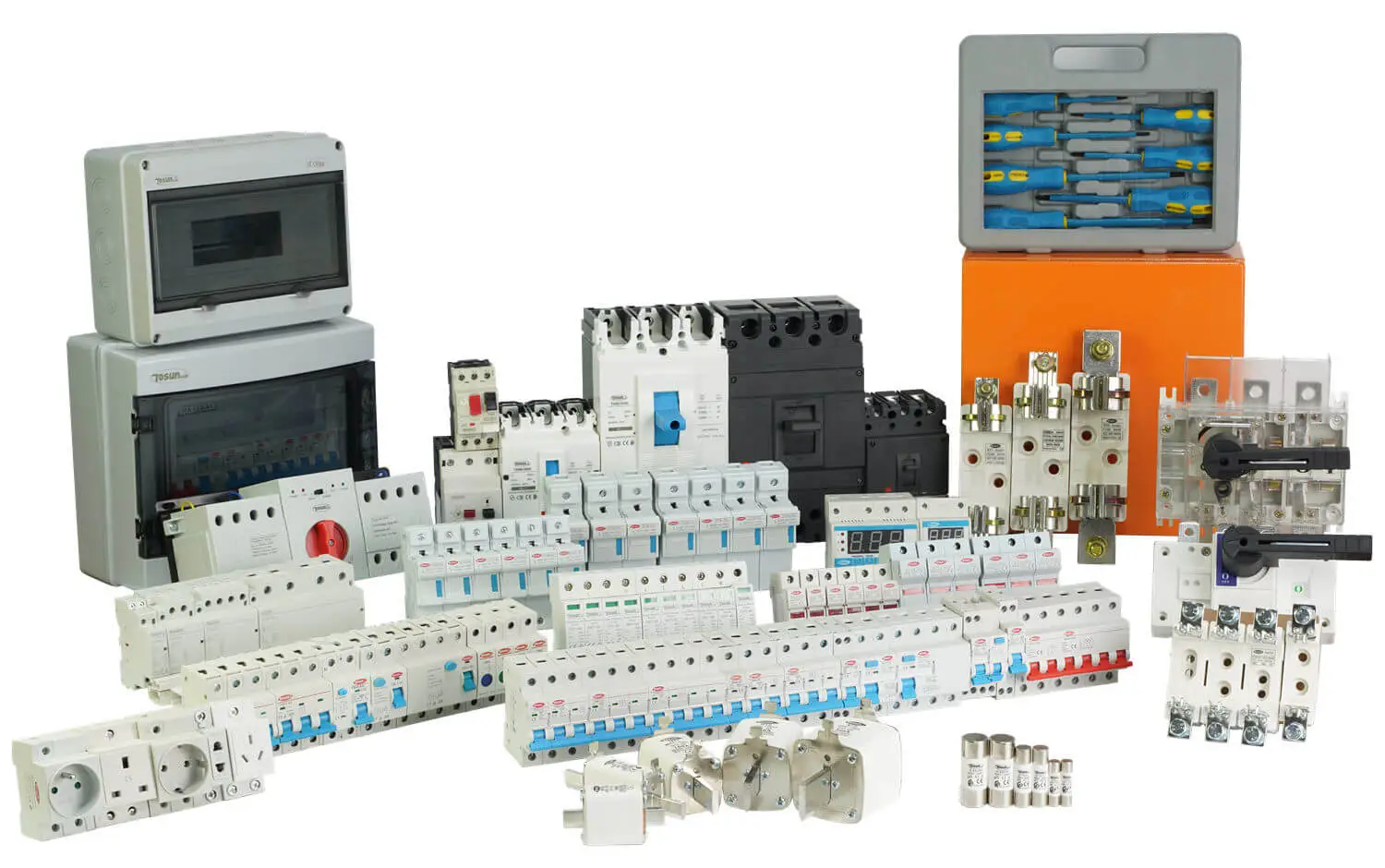Solar Array Junction Box
Table of Contents
ToggleIf you’re looking to install solar panels on your roof, you’ve probably wondered about Solar Array Junction Box. The combination box is an outdoor-rated enclosure that connects several solar panels together. It features positive and negative bus bars, and a strain relief wire fitting serves as a wire pass-through point.
In a solar array, there are usually six solar panels connected in two parallel strings of three panels each. Each string includes a Positive and Negative connection cable, a breaker, and a strain relief wire fitting.
The best junction box for your system should be rated for 1000 V DC and 225 Amps. It should also be rated for UV and IP65 protection. The junction box will come with two options for cable entry. You’ll need to choose the cable gland or MC4 connector.
If you want to know more about solar array junction boxes, continue reading this article.
What Is It?
The basic idea of a junction box is to protect your wiring from the elements that will harm it. It is designed to protect wires from sunlight, moisture, friction, and critters. The junction box is usually located near the array site and should be insulated against all of these factors. In addition to protecting the components in your Solar Array, it will also protect your home from critters.
If you are constructing a solar PV array, one important component is the array junction box. These boxes connect the output leads of the solar PV modules to the strings connected to the combiner box. The number of strings in the solar array will determine the type of combiner box you will need. The manufacturer of solar modules will typically customize the box to meet your needs.
The junction box is the final connection between the solar PV modules and the external wiring. It also conducts the current generated by the solar cells. The junction box is tested under standard conditions to determine its power output, which is usually in WP. In some cases, it may be in the form of W. A PV junction box contains a diode that depends on the type of solar cells in the module but is usually a bypass diode to protect against hot spots.
The most scientific basis for choosing the right module is the power output and the change in voltage and current of the batteries. If you use a traditional diode, you should select a module that has high power output. Bypass diodes are outdated technology and reduce the amount of energy the photovoltaic module can generate. Bypass switches are a better choice. However, they are also more expensive than diodes.
Why Do You Need Array Junction Box for Solar PV Modules?
Array junction boxes are required when installing solar PV modules because they are used to connect solar cells. They also protect the leads from corrosion. Depending on the type of junction box you choose, you can have as few as four boxes or as many as eighteen. A good solar PV junction box should be waterproof since a non-waterproof one can short circuit a whole series of solar modules.
Besides making the wiring process easier, the array junction box protects the modules from damages that may occur due to improper installation. MC4 connectors are available in male and female varieties and are UL-certified, and meet National Electric Code requirements. They are also widely used and are preferred by electrical inspectors. In addition, they are flexible and durable. The main benefit of using an MC4 connector is that you can separate the two wires easily if you want to.
In addition, PV junction boxes protect the panels from the dangers of reverse current flow. They contain diodes to block reverse current flow, preventing power from flowing back into the panels when the sun is not present. A good quality PV junction box will also be certified by TUV to regulate heat and provide reliable long-term safety.
In addition to the array junction box, solar PV module combiner boxes are commonly used in large PV systems. They simplify the wiring and monitoring process. They are also commonly used for combining several solar panels into one bus. When a solar PV module is shaded or faulty, a bypass diode is needed. They are typically installed in the PV modules manufactured by the module manufacturer. In addition to this, the combiner box can also house the input overcurrent protection fuse assemblies. It can also include string monitoring hardware, DC disconnects, and surge protectors.
Tel: +86-577-88671000
E-mail: ceo@tosun.com
Skype: tosunelectric
Wechat: +86-139 6881 9286
WhatsApp: +86-139 0587 7291
Address: Room No.1001 Wenzhou Fortune Center,Station Road, Wenzhou, China
REQUEST A QUOTE
WhatsApp us
 : +86-139 0587 7291
: +86-139 0587 7291 English
English Español
Español Русский
Русский Français
Français العربية
العربية Português do Brasil
Português do Brasil Українська
Українська Türkçe
Türkçe Polski
Polski Nederlands
Nederlands Italiano
Italiano Bahasa Indonesia
Bahasa Indonesia हिन्दी
हिन्दी اردو
اردو አማርኛ
አማርኛ Հայերեն
Հայերեն ไทย
ไทย Монгол
Монгол فارسی
فارسی Shqip
Shqip Ελληνικά
Ελληνικά


